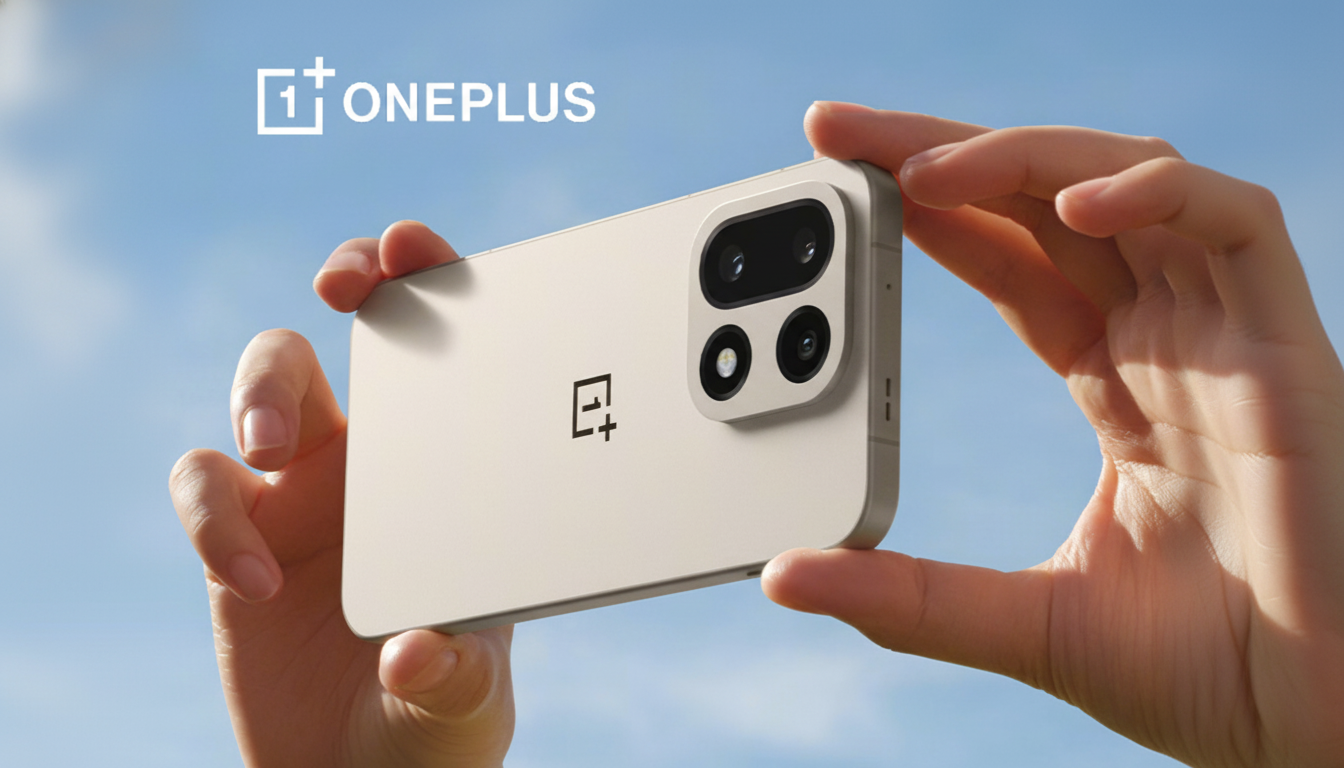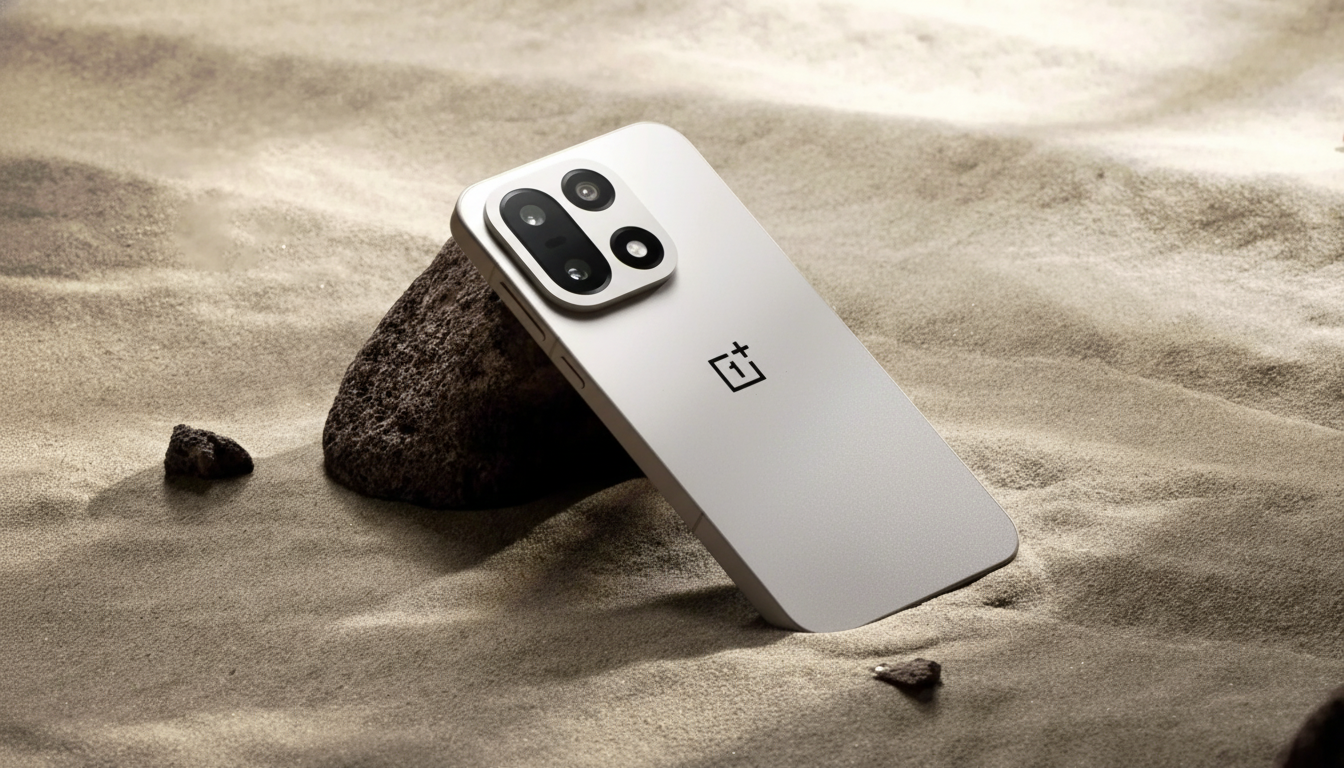Another OnePlus paradox has arrived: the OnePlus 15 is now launching in China. On paper, it is a monster upgrade where it counts for power users, but it also takes back some of the brand’s most identifiable strengths. The result is a phone that looks fearless — but not flawlessly so.
Design And Durability, As You Would Expect, Get Hyper-Real
OnePlus goes for a flatter, squarer profile with rounded corners and an updated camera island. The headline is durability: IP69 and IP69K ratings place the 15 in rarefied territory for water and dust resistance, surpassing the standard IP68 shared by many premium phones. These industrial-strength ingress ratings are overkill for most users, but for a company that’s long caught flak for not bothering with IP credentials, it makes a statement.
- Design And Durability, As You Would Expect, Get Hyper-Real
- Display And Performance: Chase Speed Over Pixels
- Cameras Break Up With Hasselblad And What To Bet On Now: Software
- Battery And Charging Rewrites The Playbook
- Software and ecosystem notes, integrations, and extras
- Price positioning and the early outlook for availability

More intriguing is the control arrangement. The signature alert slider isn’t there, but in its place is a remappable shortcut button on the left edge. It can switch not just profiles, but also AI features or utilities such as screenshots. Objectively it’s more versatile, but the slider was a beloved, muscle-memory signpost for longtime users. Expect mixed reactions.
Display And Performance: Chase Speed Over Pixels
The 6.78-inch OLED runs at a fast 165Hz refresh rate and can dim as low as 1 nit for nighttime comfort.
The trade-off is resolution: 1.5K instead of QHD+. It’s not technically possible to be driving QHD+ at 165Hz right now, OnePlus says, and the company claims this panel is actually more expensive than that in the OnePlus 13. That reasoning might not appease spec purists, but the allusion is a pragmatic move toward smoothness, power efficiency, and gaming fluidity.
Behind the glass, Qualcomm’s Snapdragon 8 Elite Gen 5 runs the show, along with “Glacier VC” cooling. If OnePlus’s prior thermal design performance is anything to go by, sustained performance should be a point of strength for marathon gaming and 4K video shoots. All the connectivity boxes are also ticked: Wi‑Fi 7 for multi-link stability, an ultrasonic in-display fingerprint sensor, and USB 3.2 Gen 1 for faster data than legacy USB 2.0 flagships are stuck with.
Cameras Break Up With Hasselblad And What To Bet On Now: Software
The camera story is nuanced. Hasselblad branding disappears, and in its place you’ll find OPPO’s Lumo imaging engine. That’s a clear shift from co-branded color science to homegrown computational photography. Hardware-wise, we are getting a 50MP Sony main sensor and another 50MP ultrawide camera, as well as a periscope telephoto of the same sensor size/resolution at f/2.8. A 32MP selfie cam is also in store.
Similar to the OnePlus 13’s 3x periscope at f/2.6, the 3.5x lens reaches a little further but with a narrower aperture, potentially leading to tighter depth of field and less light gathered.

Rumors include the possibility that the sensor sizes may be smaller than last year, which would only add more pressure on the ISP and algorithms to make it all work. The upside is high-resolution daylight detail and quicker shot-to-shot times; the downside is low-light performance, where larger sensors tend to do better. With competitors like Samsung and Google relying on heavy computational photography, OnePlus looks poised to fight that battle head-on.
Battery And Charging Rewrites The Playbook
That’s the largest battery pack OnePlus has ever delivered. A 7,300mAh cell is bigger than the OnePlus 13’s 6,000mAh offering and more powerful than most mainstream flagships that tend to average in the region of 4,500–5,000mAh. With 120W wired and 50W wireless charging, the 15 is for road warriors who beat up screens at high refresh, hotspot all day, and have no more juice by evening.
The trade-off is in weight and thickness, though that isn’t what OnePlus chose to trumpet. It’s all about thermal control and endurance. Big packs, high-speed charging. It’s a precarious combination and, as with all things OnePlus, the battery management and cooling will be key to whether that 165Hz panel can run free without crippling throttling or premature wear. If it sticks, the 15 raises a new bar for endurance on performance phones.
Software and ecosystem notes, integrations, and extras
The OnePlus 15 ships with ColorOS 16 by default in China, enabling a closer integration with the OPPO ecosystem. There’s no NFC (other than, you know, for payment), but there is an IR blaster (old-school!) and a neat trick for wearables: support from the OPPO Health Connect app on Apple Watch, installed on the watch itself, although you still need an iPhone to pair and activate it initially. It’s a small but significant bridge between platforms in a space where walled gardens typically win.
Price positioning and the early outlook for availability
Starting at 3,999 yuan, or about $562 for the model with 12GB of RAM and 256GB of built-in storage, the OnePlus 15 is available in Sand Dune, Misty Purple, and Absolute Black finishes. That pricing is a major poke in the eye to a host of premium rivals, yet at the same time you can still expect class-leading specs when it comes to battery life as well as bleeding-edge refresh rates. A global announcement is heavily rumored by industry watchers, which could give OnePlus a head start ahead of the main spin of big-brand flagships again.
So is this one step forward, two steps back? It depends on your priorities. If you need stamina, a rugged build, and fluid performance, the 15 is certainly an upgrade. It’s a sideways step at best if you place much value on QHD+ sharpness, the tactile appeal of the alert slider, or the cachet added by a co-branded camera. OnePlus has set out its stall: this flagship is for the power user who wants raw speed and stamina before anything else.

